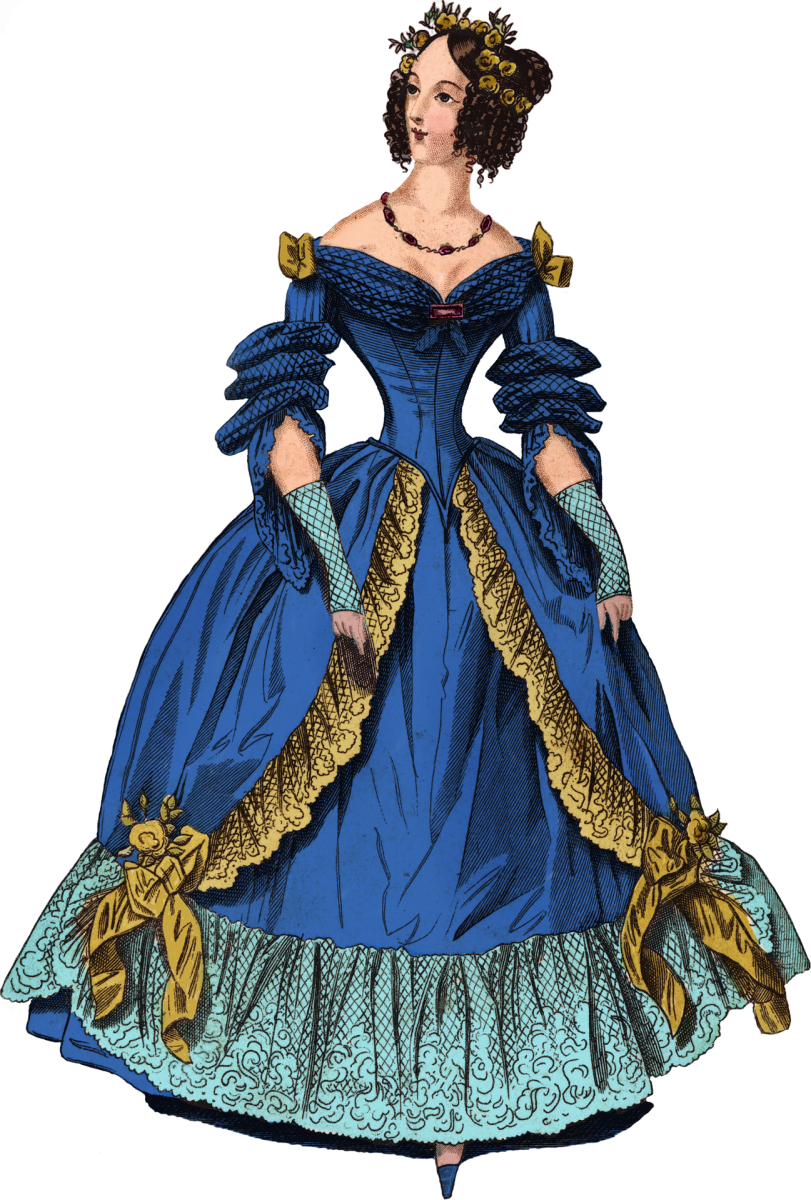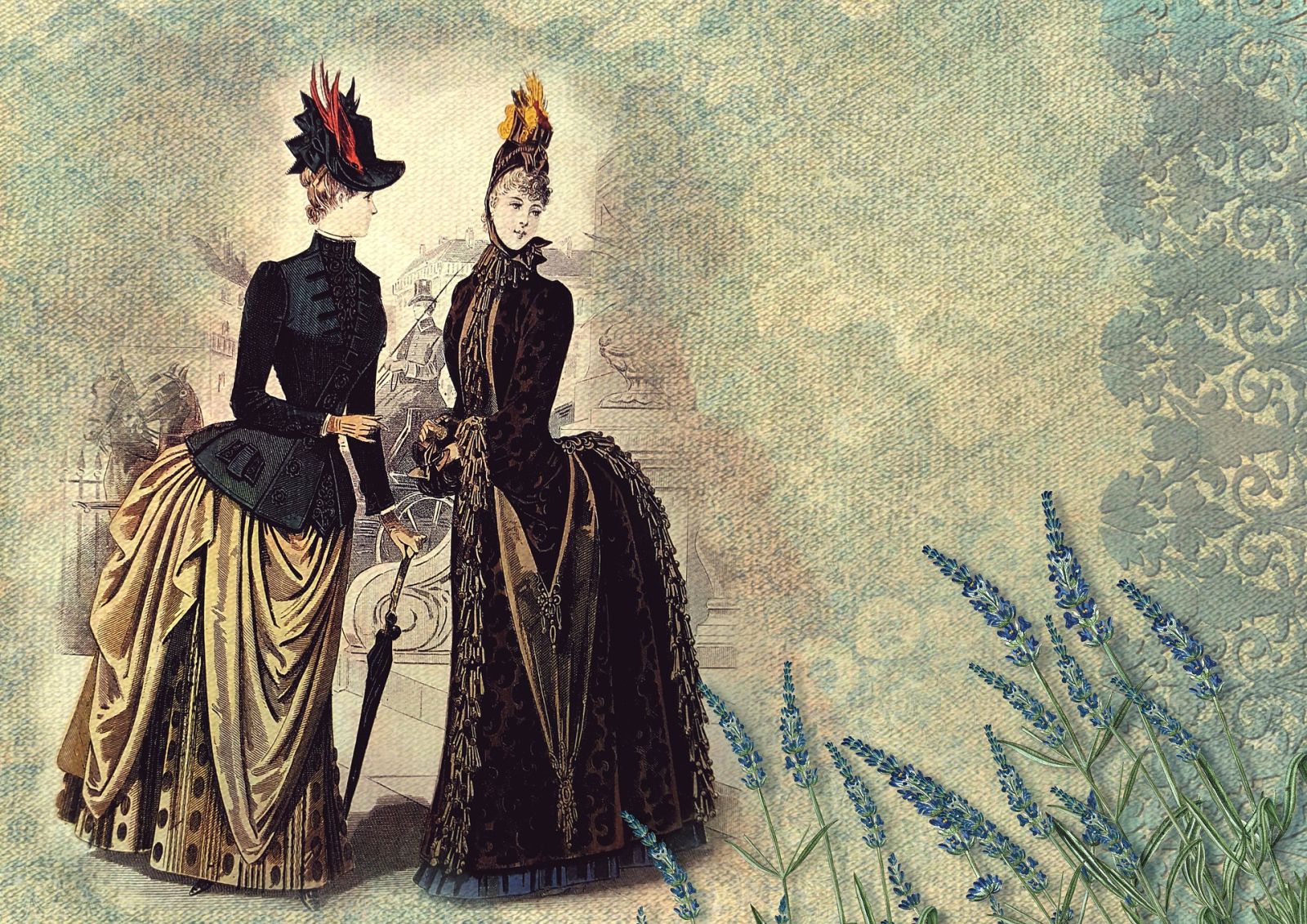Throughout history, women have strived to look their best, often going to great lengths to achieve beauty. This pursuit of beauty was no different for women in the 19th-century Victorian era. They wore exquisite dresses characterized by intricate designs and voluminous sizes, believing that these garments would enhance their beauty and elegance.
These dresses, known for their slim waistlines and flowing skirts, were inspired by the prevailing notion that a small waist symbolized beauty. Consequently, women, especially the elite and wealthy, embraced dresses that required them to wear extremely tight corsets and layers to create the illusion of a blooming skirt. These dresses were reserved for significant occasions such as essential gatherings, dinners, or balls.

However, beneath the beauty and grandeur of these dresses lay some rather unsettling facts. The obsession with tiny waists was rampant during this era, and women vied to wear corsets or waist cinchers as tightly as possible in their pursuit of beauty. In their quest to appear more beautiful, they often disregarded comfort and endured excruciating pain caused by wearing excessively tight corsets.
To achieve the desired voluminous skirt, women used a structure called crinoline, constructed from lightweight spring steel, which created a circular frame underneath the skirt. Crinolines were an improvement over the farthingales of the 16th century, which were bulkier as they were made of rattan and linen. When crinolines first emerged, they relieved European women as they were lighter, more flexible, and conducive to movement. Crinolines came in various sizes, with smaller ones more suitable for everyday activities.

Despite their advantages, crinolines came with their fair share of issues. The expansive dresses posed numerous challenges for those who wore them. They were impractical in hot weather, with women unable to don these dresses on days when temperatures exceeded 30 degrees Celsius. Furthermore, beneath the crinoline, women wore layers of inner garments such as camisoles, adding to the weight and heat.
The wide dresses also restricted mobility, leading to mishaps for the wearers and sometimes even affecting those around them. For instance, when women alighted from horse-drawn carriages, the flaring skirts could entangle the carriage's wheels. In 1858, a tragic incident in Boston saw a woman's dress catching fire when she stood too close to a fireplace, resulting in fatal burns within minutes. Another heart-wrenching case occurred in 1863 when a 14-year-old kitchen maid named Margaret Davey lost her life due to her dress catching fire in a furnace. The 19th-century England witnessed numerous fatalities stemming from flaming crinolines. Onlookers hesitated to intervene, fearing that their garments would catch fire. Furthermore, the cumbersome and layered crinoline made it challenging to remove, leaving victims with no option but to await their tragic fate.
These unfortunate incidents tarnished the reputation of dresses, once seen as enhancing beauty, labelling them as perilous and even deadly. Historical records indicate that crinolines were responsible for the deaths of over 3,000 women during that era. It shows that the age-old saying "beauty is pain" has a long history of truth.

